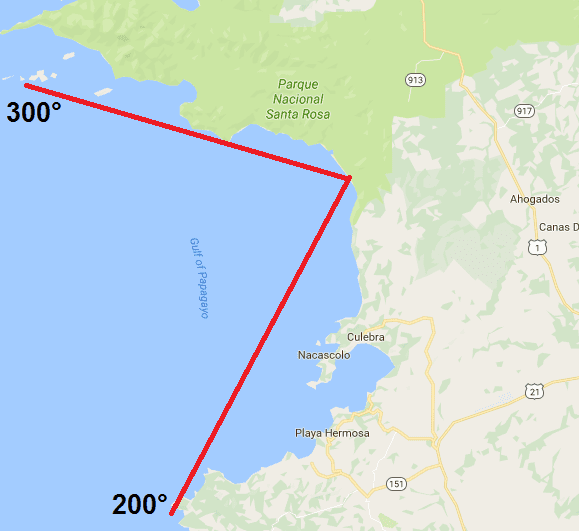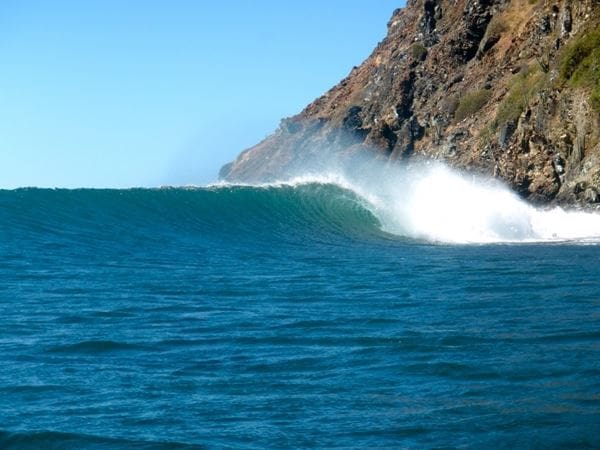
What Makes a Good Surf Spot?
What makes a good surf spot? Any non-surfer might think it’s ridiculous how surfers group together fighting for the same waves despite having the entire coastline to choose from. With seemingly endless miles of breaking waves, why do surfers choose to sit within such close proximity? The unfortunate truth is, when it comes to wave quality, all beaches are not created equal. For example, on a trip to Witch’s Rock (Roca Bruja), first-timers may feel a bit discouraged by their initial wave check in Playas Del Coco. Even though the two beaches are situated a stone’s throw away on a map, there is an enormous difference in wave size.
Diving deeper into the subject of what makes a good surf spot, we must acknowledge two characteristics. The first is swell window. In other words, does the beach have the correct geographical orientation to receive the full force of oncoming swells? Revisiting our example of Witch’s Rock and Playas Del Coco, you can notice from the maps how Witch’s Rock has a wide open swell window to the South Pacific while Playas Del Coco is very much closed off.
In addition to swell window, we must also recognize a second characteristic: unique geographical features. Because most surfers are not up-to-date with their geographical jargon, we have coined our own names to describe the unique layouts of different beaches. Here are the most popular.
Beach Break – These are the most common types of surf spots. Beach breaks are sand bottomed surf zones that have an open swell window. The swell approaches the coastline from deep water and will crest as it reaches shallow water. Witch’s Rock is a great example of a beach break. Not only are the sandbars deposited perfectly, but the famous rock sitting offshore will refract oncoming swells so there are nice, peaky waves in the surf zone.
Point Break – Point breaks are dreamy for three main reasons: higher percentage of quality-shaped waves, predictability of each wave, and increased length of ride. Traveling towards the coast from the open ocean, a swell will always break first in shallow water. When an individual swell line approaches an abnormal point in the coast, the wave will uniformly peel along the point, creating perfectly groomed waves. Costa Rica is fortunate to be blessed with some of the best point breaks in the world. If you want leg burning lefts, head down south to Pavones. If you prefer a zippy right-hander that looks like Kelly Slater’s wave-pool, cruise up to Ollie’s point.
More type of surf breaks to come next month in Part 2.



